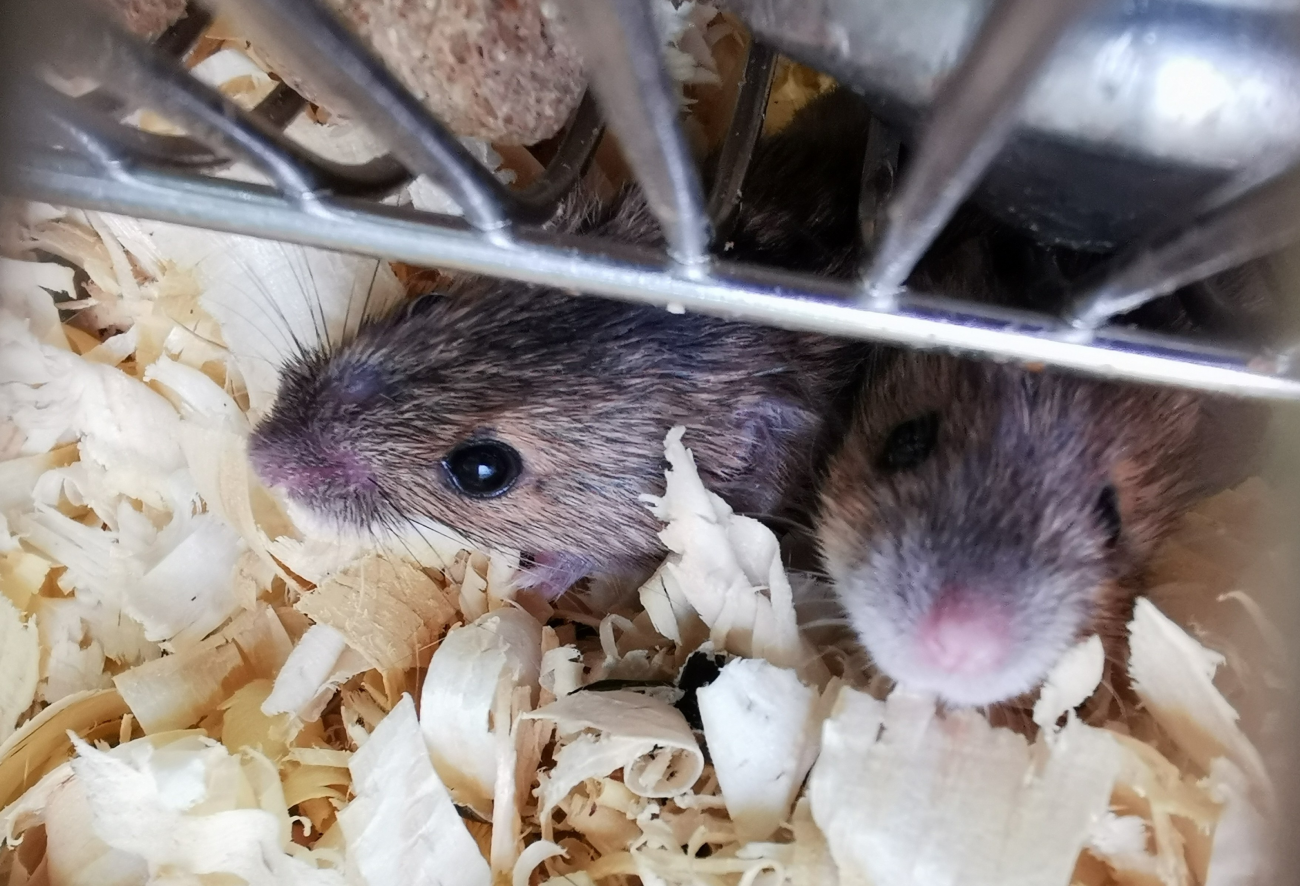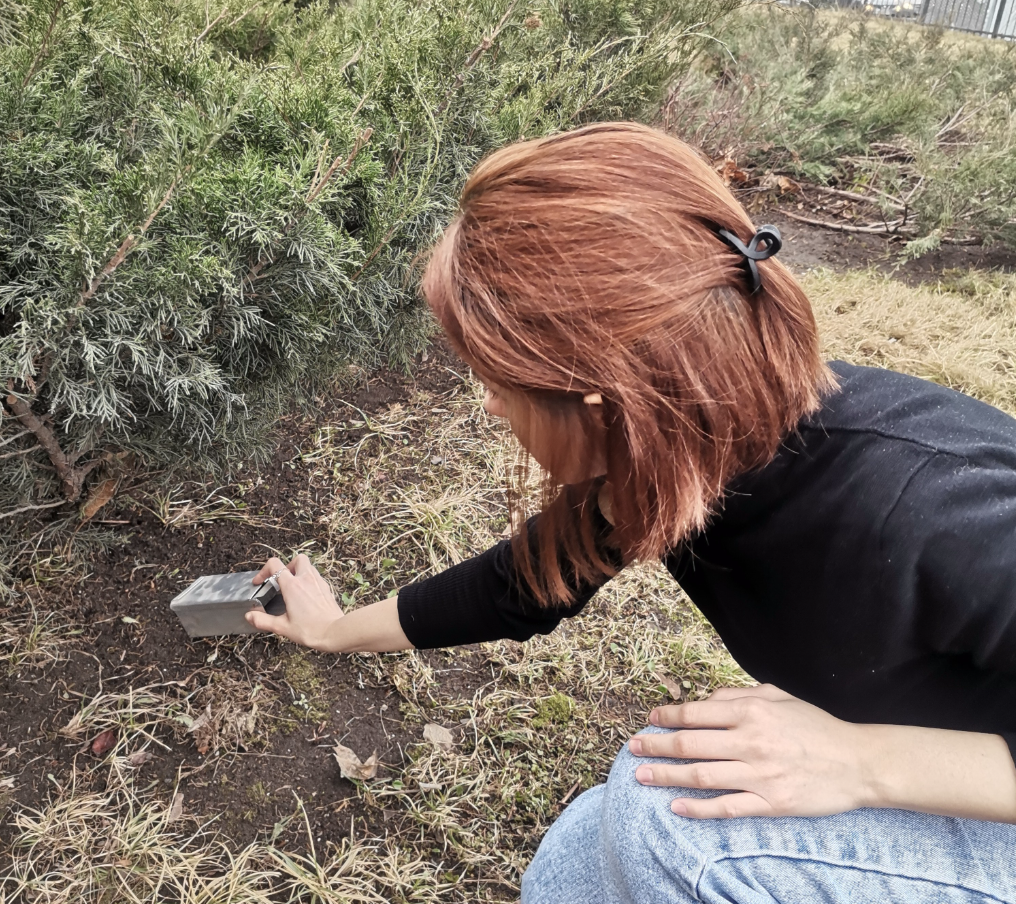
Scientists have shown that in field mice living in the city, the diversity of genes of the major histocompatibility complex class II (MHC-II), responsible for the body's resistance to parasitic diseases, is associated with the degree of urbanization of the parks in which the rodents live. Thus, the more the parks resembled natural biotopes, the more variants of these genes were found in the population. This may be due to the greater diversity of pathogens in "natural" parks and, accordingly, the low probability for each individual mouse to encounter a certain pathogen. Thus, field mice can potentially be used to track the spread of parasites in parks. The results of the study, supported by a grant from the Russian Science Foundation (RSF), were published in the biological series of the Izvestiya RAS journal.
Urban ecosystems differ from natural landscapes. For example, cities host new, previously non-existent communities of organisms, which may have higher population densities than in natural conditions, atypical food chains, and parasitic infections may spread more quickly. However, until now there has been insufficient data on how the immune system of urban animals responds to the increased likelihood of infection with pathogens. Knowledge of this could potentially help control the spread of infections in the city and reduce the incidence of infections in both wild animals and pets.
Scientists from the A.N. Severtsov Institute of Ecology and Evolution of the Russian Academy of Sciences (Moscow) assessed the diversity of alleles (variants) of one of the genes of the major histocompatibility complex class II (MHC-II) in populations of field mice living in Moscow parks with varying degrees of urbanization. Proteins for the synthesis of which MHC genes are responsible are distinguished by great diversity and determine the resistance of organisms to various pathogens - viruses (class I) and parasites (class II). That is, resistance to pathogens is directly related to the diversity of MHC gene alleles.
The authors chose the field mouse as the object of their study, since this type of rodent is most often found in undeveloped areas of the metropolis. This allows them to be considered as an indicator when analyzing the state of the urban environment. The animals were caught in four parks: Neskuchny Garden, located within the most urbanized area, Terletsky Forest Park, the N.V. Tsitsin Main Botanical Garden of the Russian Academy of Sciences, and Bitsevsky Forest Park, the least urbanized area among those studied. The degree of urbanization of the areas was assessed according to their distance from the city center.
The authors caught 45 mice, from which muscle tissue fragments were collected. Using whole-genome sequencing, the scientists determined the allelic diversity of one of the MHC genes from the samples obtained. In total, the researchers found 27 allele variants in all samples of field mice living in Moscow parks. At the same time, one animal had from one to five alleles.

The authors found the largest number of allele variants (17), including unique ones, in field mice from the Bitsevsky forest park. This park also showed the greatest diversity of individual genotypes with a relatively smaller number of MHC gene alleles in each individual. The observed picture may be associated with a large spectrum of pathogens in this territory and a simultaneous decrease in the probability of encountering each of them for a specific individual.
In the mouse populations inhabiting the other three parks located in areas with a higher degree of urbanization, the total number of alleles and the diversity of individual genotypes were lower, but the number of alleles represented in the genotype of one individual was greater. Thus, in the developed parks, which are characterized by a small species diversity of rodents, but an increased population density of each species, the variability of pathogens is lower, but for an individual the probability of encountering each of them increases.
Species living in urbanized areas can serve as good indicators of the state of the urban environment and be used to assess the degree of its well-being. The authors showed that in Moscow one of such species could be the field mouse, which lives in many urban areas experiencing varying degrees of anthropogenic pressure. Monitoring the condition of these rodents will allow for adjustments to be made to city improvement and landscaping activities.
"In the future, we plan to use field mice to assess the condition of each park for its contamination with heavy metals and arsenic. This work is already underway. As a result of the study, we will demonstrate the features of heavy metal accumulation depending on the location of the park and the tissue we are studying. It is especially important that the assessment will be carried out using living organisms that permanently inhabit these parks. In addition, a very important area of our research is assessing the contamination of animal organisms with microplastics. This is a pilot project. We assess the content of microplastics and artificial threads in the gastrointestinal tract of model rodents," says Natalia Feoktistova, Doctor of Biological Sciences, Chief Researcher at the Laboratory of Comparative Ethology and Biocommunication at the A.N. Severtsov Institute of Ecology and Evolution of the Russian Academy of Sciences, head of the project supported by a grant from the Russian Science Foundation.
